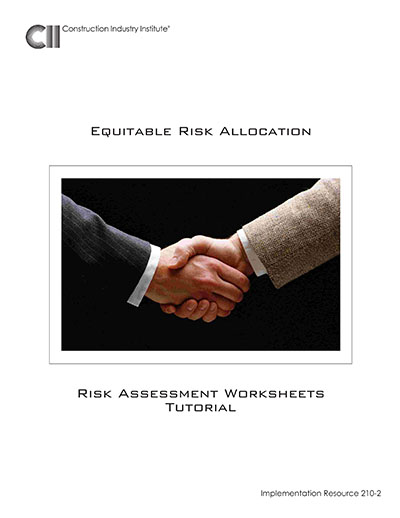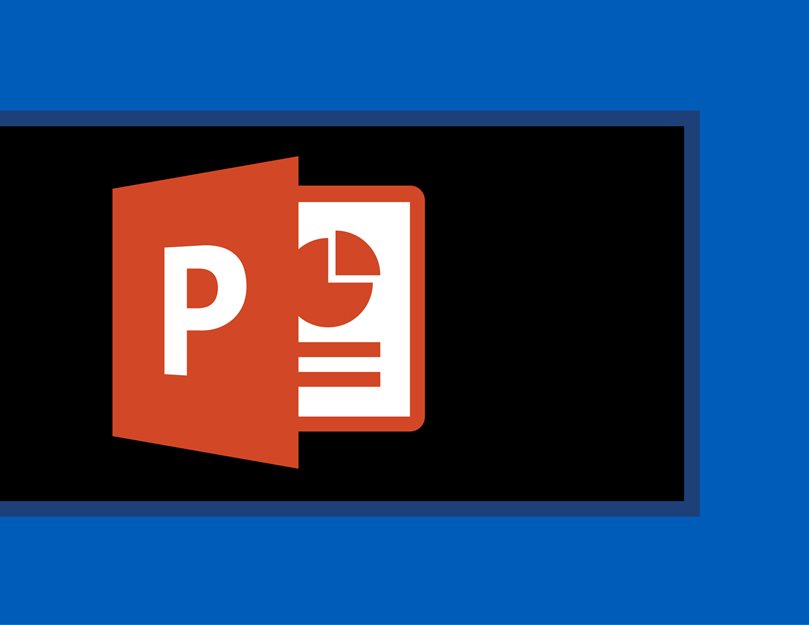
Equitable Risk Allocation: Risk Assessment Worksheets Tutorial
The Two-Party Risk Assessment and Allocation Model encourages contracting parties to compromise during the risk allocation process. Why? The answer lies in the industry’s trend to continually shift risk to lower-tier parties, which can result in financial impacts for everyone who is a participant in an engineering and construction project. The model is not a risk management model; rather, it is designed to assess and allocate risk before project execution so that risk management efforts are minimized.
The Two-Party Risk Assessment and Allocation Model essentially is a framework for contracting parties to assess and allocate risk through a cooperative, non-controversial contracting relationship. The primary means by which the model encourages two-party cooperation is through the utilization of a set of risk assessment worksheets. The worksheets are a means by which to bring two contracting parties to a place where both common and individual contracting concerns can be identified, discussed, and negotiated.
IR210-2, Equitable Risk Allocation: Two-Party Risk Assessment and Allocation Model
This publication provides a risk assessment tool in the form of Excel spread sheets for single party and two-party assessment to identify major risks which are coomon to both parties as well as those for which the perception risk is not the same for both parties. IR210-2 also contains a tutorial, which describes the risk allocation model framework, value added by the model, and the sequence of the model components. The tool is a valuable tool for both parties to first do single party assessment and obtain internal alignment on risks (within each organization) and then find alignment between the two parties by using the two-party risk assessment tool. This should be used in conjunction with the legal perspectives document and contract language tables to arrive at contract terms acceptable to both parties and allocating risk equitably.

